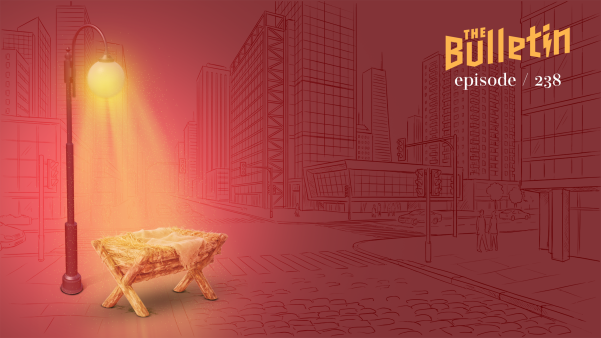It takes more than good will to get Bibles into people’s hands. Even in the electronic age, people still prefer printed Bibles. And that means, among other things, making paper upon which to print Bibles. A few facts about this material on which the spiritual welfare of so many today depends:
1. Most historians believe papermaking was invented about a hundred years before the birth of Jesus, in China, by Cai Lun, an official of the imperial court in the Han Dynasty. He created a sheet of paper using mulberry, bast fibers, fishnets, rags, and hemp.
2. Paper seems to have been first used not for writing but for wrapping or padding delicate items and poisonous medicine.
3. Muslims living in today’s Portugal and Spain first made paper in Europe in the 10th century. It slowly spread to Italy, France, and, by the 1400s, Germany, where Gutenberg—using handmade paper imported from Italy—used it to print the first Bible.
4. Making paper has come a long way from using rags and mulberry bark. Once a tree is cut down, it is debarked and chipped into tiny fragments, which are cooked in a vat with water and several chemicals, including caustic soda and sodium sulfate, to make a gooey slurry known as pulp. The pulp is bleached to a white color using water and chlorine before being pressed into rolls and dried.
5. Crayons, shaving cream, ink, paint, varnish, and hair spray are some of the products made from the natural byproducts of papermaking (cellulose, oils, and resins).
6. How much paper is made from one tree is hard to determine, since trees, paper quality, and manufacturing techniques vary. One estimate: a 75-foot-tall pine tree 1 foot in diameter can produce 103,200 20lb 8.5 x 11 inch sheets, or 206 reams (500 per ream). Or to put it another way, enough newsprint for 3,000 copies of a 35-page newspaper.
7. Each year more than 2 billion books, 350 million magazines, and 24 billion newspapers are printed in the United States. But about 37 percent of the fiber used in them is recycled.
8. Paper can only be recycled for so long. After being recycled five to seven times, the fibers become too short to bond into new paper. New fibers are added to replace the unusable fibers that wash out of the pulp during the recycling process. A single sheet of paper may contain new fibers as well as fibers that have already been recycled several times.
9. Recycling doesn’t necessarily help save trees (in the US, more trees are planted than cut down most years), but it does reduce landfills. Since each US citizen uses over 400 pounds a year, paper can amount to almost a third of landfill materials.
10. Starting with paper’s origins in China in the second century A.D., hemp has been a wood substitute. In fact, the Declaration of Independence was written on hemp paper. Hemp now is illegal to grow in the US because it is a non-intoxicating variety of Cannabis sativa, the same plant marijuana comes from.
11. The first US Bible was printed in 1663 by John Elliot in Algonquin, a Native American language. At the time, most English-speaking Christians read the Geneva Bible, not the King James Version.
12. Today Bibles are usually made from “Bible paper” or “India paper,” paper grades that often contain cotton or linen fibers to increase its strength in spite of its thinness.
13. Gutenberg printed a mere 168 copies of the Bible. Today, Gideons International estimates that some 6 billion Bibles have now been printed. Bibles vary in size and weight, of course, but assuming a typical Bible is composed of a pound of paper, that has required 3 million tons of paper.










